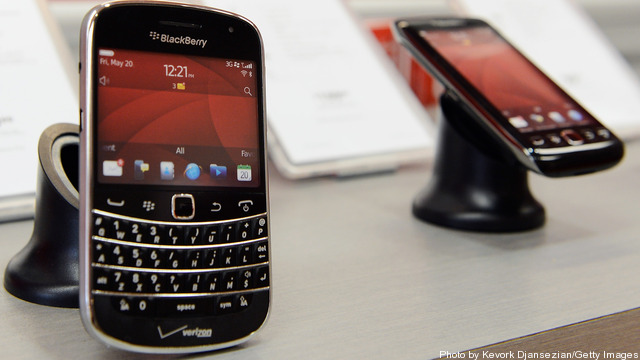 The race to meet a series of milestones for advancing federal mobility continues to encounter differing expectations and the underlying need for better methods for managing data, according to a group of federal IT leaders in the throes of delivering the Obama Administration’s Digital Government Strategy.
The race to meet a series of milestones for advancing federal mobility continues to encounter differing expectations and the underlying need for better methods for managing data, according to a group of federal IT leaders in the throes of delivering the Obama Administration’s Digital Government Strategy.
In a White House report issued last month, Administration officials listed a variety of accomplishments in the first 90 days of a year-long set of initiatives, declaring “agencies are making great strides towards putting a solid foundation for a 21st Century Digital Government in place.” Keep reading →
 While iPhone aficionados may have to wait
While iPhone aficionados may have to wait  The Federal Chief Information Council today released a new version of its website
The Federal Chief Information Council today released a new version of its website  Fueled by the widespread adoption of increasingly powerful
Fueled by the widespread adoption of increasingly powerful  Research in Motion’s BlackBerry phones have historically been the device of choice for secure
Research in Motion’s BlackBerry phones have historically been the device of choice for secure 
 Government technology officials are working urgently to enable
Government technology officials are working urgently to enable  Like many federal leaders today, Donald Kachman spends a lot of time thinking about security for the growing number of mobile devices in his agency.
Like many federal leaders today, Donald Kachman spends a lot of time thinking about security for the growing number of mobile devices in his agency.